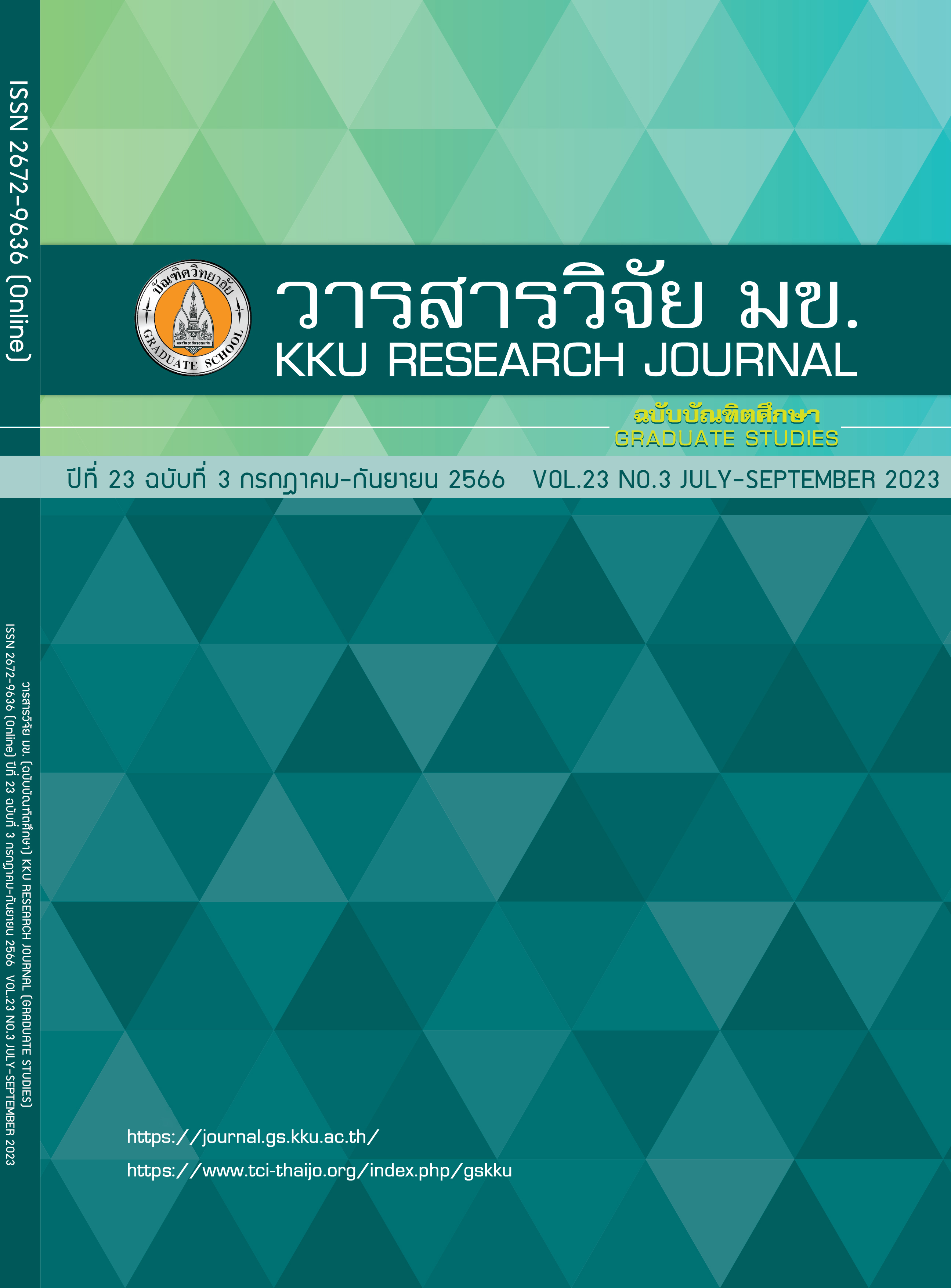Determination of Coastal Setback for Sea Level Rise Adaptation
Keywords:
Coastal setback, Sea level rise, Bruun’s modelAbstract
This study aims to determine the coastal setback of Thailand for shoreline change in 2100 B.E. Research areas, comprising Mae Ramphueng Beach, Chalatat Beach, and Karon Beach. Coastal setback determine by examining the processes of short-term and long-term shoreline change, together with erosion from sea level rise. The results identified that the setback in RCP 8.5 of Mae Ramphueng Beach is 1.26 to 3.02 m., Chalatat Beach is 42.27 to 44.77 m., and Karon Beach is 277.95 to 280.98 m. The estimation of beach value and B/C ratio evaluation identified that Mae Ramphueng and Chalatat beaches are worth the investment setbacks at RCP 2.6 because the B/C Ratio is 2.06 and 1.08, respectively. Karon Beach is not worth in terms of economics because of this area has an abundance of permanent buildings. Thus, the compensation cost for setback will be high. It can conclude that highly developed beach area would be challenging to apply the setback practically. However, it can reduce the impact of sea level rise and damage to structures along the coast if we managed together the town planning with setback to regulate or limit the development enclose to the coast. It can apply the results as a guideline for determining coastal setbacks, which is one measure for managing coastal areas of Thailand in the future.
References
Department of Marine and Coastal Resources.Guidelines for making plans/Coastal Erosion Prevention and Solution Project. Thailand; 2018. 3-4 P.
Sano M, Jimenez JA, Medina R, Stanica A, Sanchez-Arcilla A, Trumbic I. The role of coastal setbacks in the context of coastal erosion and climate change: Ocean & Coastal Management; 2011. p. 943-950.
Peng W, Jianzheng W, Xiaojie T. Coastal Building Setback Line Determining Method and Application. Advanced Materials Research. 2012; Vol 575:142-146.
Putcharapichakon K, Ritphring S. Sea level change in Thailand. Ladkrabang Engineering Journal. 2012; 29(3): 55-60. Thai.
Domestic Tourism Statistics Q1-Q4 (Classify by region and province) [Internet]. 2019. Available from: https://www.mots.go.th/news/category/618
Hotel [Internet]. 2022. Available from: https://www.booking.com/searchresults.th.html
Hotel [Internet]. 2022. Available from: https://www.agoda.com/th-th/search
Bruun P. Sea level rise as a cause of shore erosion. Journal of the Waterways and Harbors Division. 1962; 88 (1): 117-132.
Dean RG. Equilibrium beach Profiles: characteristics and applications. Journal of Coastal Research. 1991; 53-84
Nicholls RJ, Birkemeier WA, Hallermeier RJ. Application of the depth of closure concept. Proceeding of 25th Coastal Engineering Conference. 1996; 3874–3887.
Takeda I, Sunamura T. Formation and spacing of beach cusps. Proceeding of Coastal Engineering. 1983; 26, 121–135 (in Japanese).
Sunamura T. Coastal and beach changes by waves. Transactions. Japanese Geomorphological Union. 1983; 4, 179–188 (in Japanese).
Óscar F, Tiago G, Ana M, Rui T, Alveirinho D. An integrated method for the determination of set-back lines for coastal erosion hazards on sandy shores. Continental Shelf Research. 2006; 26(9), 1030-1044. doi: 10.1016/j.csr.2005.12.016
Kunkitti K, Ritphring S. Determination of coastal setback [MSc thesis]. Bangkok: Kasetsart University; 2021; 63-66. Thai.
Rosen S. Hedonic prices and implicit markets: Product differentiation in pure competition. J. Political Econ. 1974; 82, 34–55.
Downloads
Published
Issue
Section
License
Copyright (c) 2023 KKU Research Journal (Graduate Studies)

This work is licensed under a Creative Commons Attribution-NonCommercial-NoDerivatives 4.0 International License.



